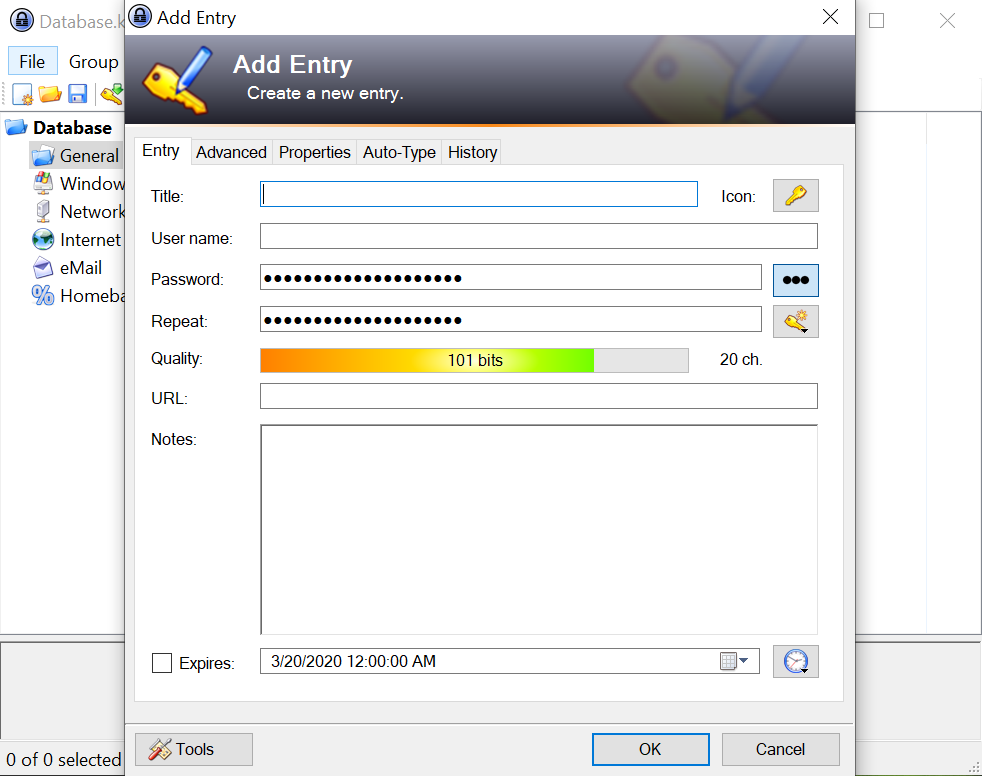
Seamlessly and quickly strengthen SAML-compliant IdPs, AD and LDAP Select either an Azure AD Security group, or individual Azure AD users who should have permissions to sign into LogMeOnceĬonfiguration is completed, SSO can now be tested.Protect and manage your organization's passwords, metadata and files.In the Enterprise Application, click Users and groups.The Azure Enterprise Application needs permissions before any user can attempt the first Single Sign On login. Azure “Logout URL” is the LogMeOnce “Identity provider Logout URL”Īdd Permissions to the Azure Enterprise Application.Azure “Azure AD Identifier” is the LogMeOnce “Issuer”.Azure “LoginURL” is the LogMeOnce “Identity Provider Login URL”.Set up LogMeOnce, Copy the provided URLs from Azure into LogMeOnce.Upload this Certificate into the LogMeOnce “Identity Provider Certificate”.Click Download for the “Certificate (Base64).How to Create SAML Identity Provider (IdP) The list of attributes to map and additional information are provided in this reference document. Change the additional claims one by one and remove the Namespace completely and edit the claims to look like the following.

Change the Source Attribute to user.mail.Click on the only Required Claim to edit.LogMeOnce Identity Provider screen is shown below:Īzure AD Identity Provider Screen is shown below: Copy the LogMeOnce “Assertion Consumer Service URL” into the Azure “Reply URL”.Copy the LogMeOnce “Service Provider Entity ID URL” into the Azure “Identifier (Entity ID)”.Click on Single Sign-on on the left, and then select SAML on the next step.Here we will configure both the Azure Enterprise Application for Single Sign On but also configure LogMeOnce with the necessary information from Azure AD Note: Creation can take several seconds, go back to Azure Active Directory -> Enterprise Applications and find the Enterprise App with the name example LogMeOnce.Ĭonfigure the Enterprise Application for Single Sign On Select the “Integrate any other application you don't find in the gallery (Non-gallery)” Radio Button.Give the application a name, example “LogMeOnce”.This section will create a new Enterprise Application in Azure, it will be fully configured for LogMeOnce in the next section.Īs an administrator log in to your Azure AD account. To use Azure AD federation a Premium tier subscription for Microsoft Azure Active Directory is required.

Using federated login for LogMeOnce enables users to log in to LogMeOnce using their Active Directory or Azure AD using their corporate password. Setting up federated login for LogMeOnce using Azure includes setting up Azure Identity Provider in LogMeOnce and Configuring LogMeOnce application in Azure.


 0 kommentar(er)
0 kommentar(er)
